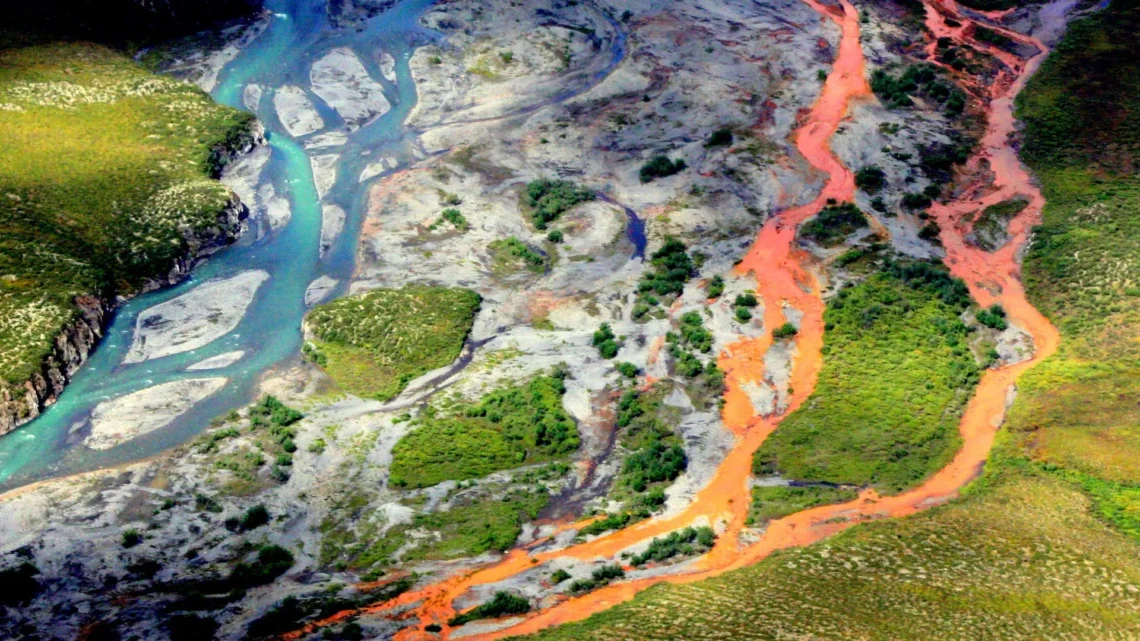Recent research from Umeå University reveals that ice can dissolve iron minerals more effectively than liquid water. This finding could help explain why many Arctic rivers are now taking on a rusty orange hue as permafrost melts in a warming climate.
The study, published in the scientific journal PNAS, indicates that ice at minus ten degrees Celsius releases more iron from common minerals than liquid water at four degrees Celsius. This challenges the traditional belief that freezing conditions slow down chemical reactions.
“It may seem surprising, but ice isn’t simply a solid block,” says Jean-François Boily, Professor at Umeå University and co-author of the study. “When water freezes, it creates tiny pockets of liquid between the ice crystals. These pockets act like chemical reactors, concentrating compounds and becoming highly acidic. As a result, they can interact with iron minerals even at temperatures as low as minus 30 degrees Celsius.”
To delve deeper into this phenomenon, the researchers studied goethite—an abundant iron oxide mineral—alongside a naturally occurring organic acid using advanced microscopy and experiments.
They found that repeated freeze-thaw cycles enhance the efficiency of iron dissolution. When ice freezes and thaws, organic compounds previously trapped in the ice are released, promoting further chemical reactions. The study also identified salinity as a crucial factor: fresh and brackish water enhance dissolution, while seawater can suppress it.
The implications of these findings largely pertain to acidic environments, such as mine drainage sites, frozen dust in the atmosphere, and acid sulfate soils along the Baltic Sea coast, or any acidic frozen habitat where iron minerals mingle with organic substances. The next stage of research in Boily’s lab aims to determine whether this mechanism applies to all iron-bearing ice.
“As global temperatures rise, freeze-thaw cycles will become more common,” says Angelo Pio Sebaaly, doctoral student and lead author of the study. “With each cycle, iron from soil and permafrost is released into water bodies, potentially impacting water quality and aquatic ecosystems across extensive regions.”
These findings emphasize that ice acts as an active catalyst rather than a mere storage medium. As the frequency of freezing and thawing increases in polar regions and mountains, the potential effects on ecosystems and the natural cycling of elements could be considerable.
Summary: A study from Umeå University reveals that ice can dissolve iron minerals more effectively than liquid water, shedding light on the rusty coloration of Arctic rivers as permafrost thaws. The research indicates that freezing creates tiny liquid pockets that enhance chemical reactions. This suggests ice plays an active role in the dissolution of iron, especially in acidic environments, with significant implications for aquatic ecosystems as climate change increases freeze-thaw cycles.





